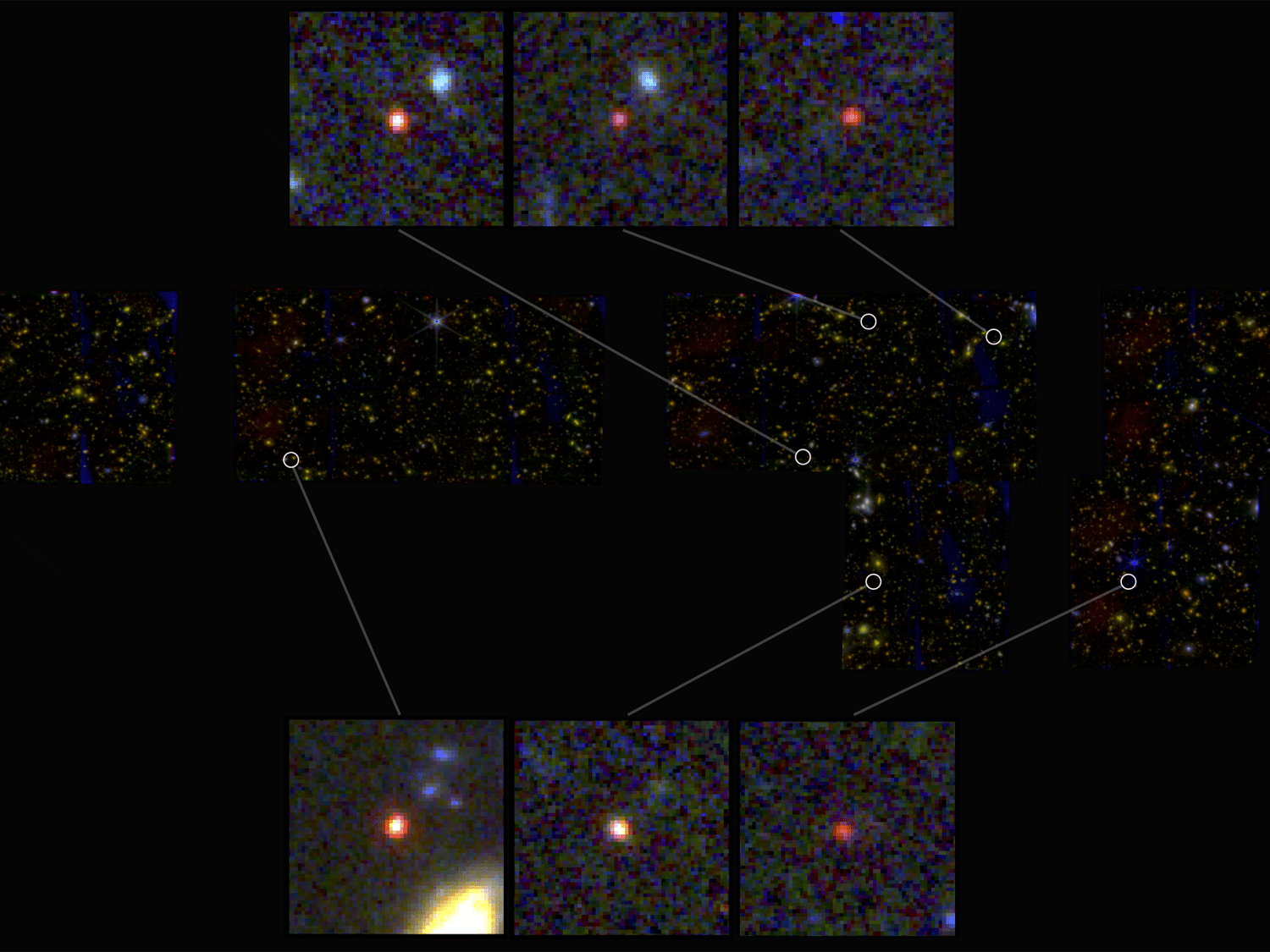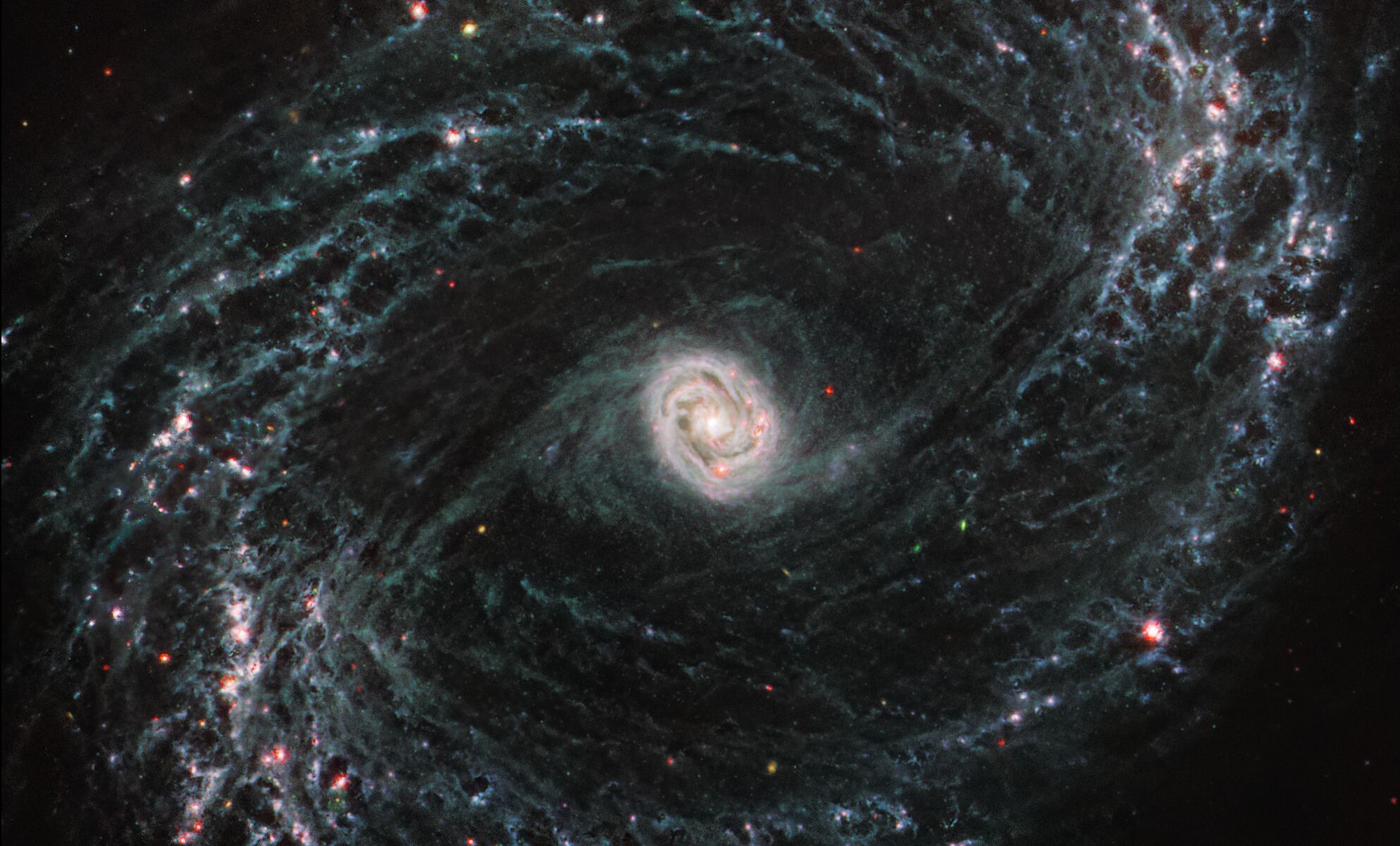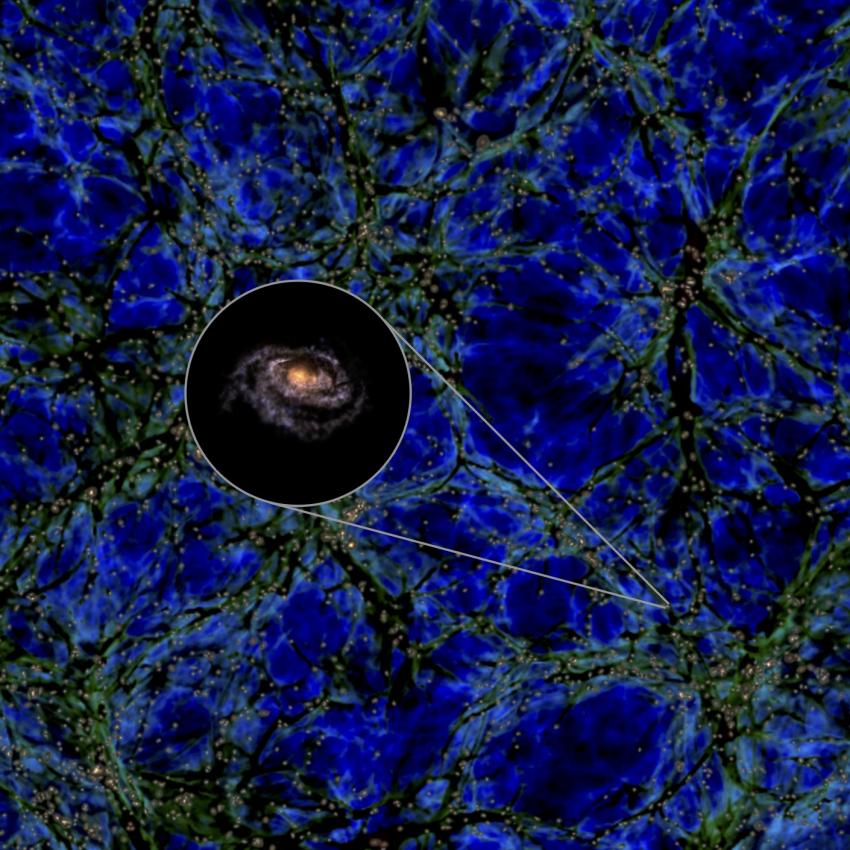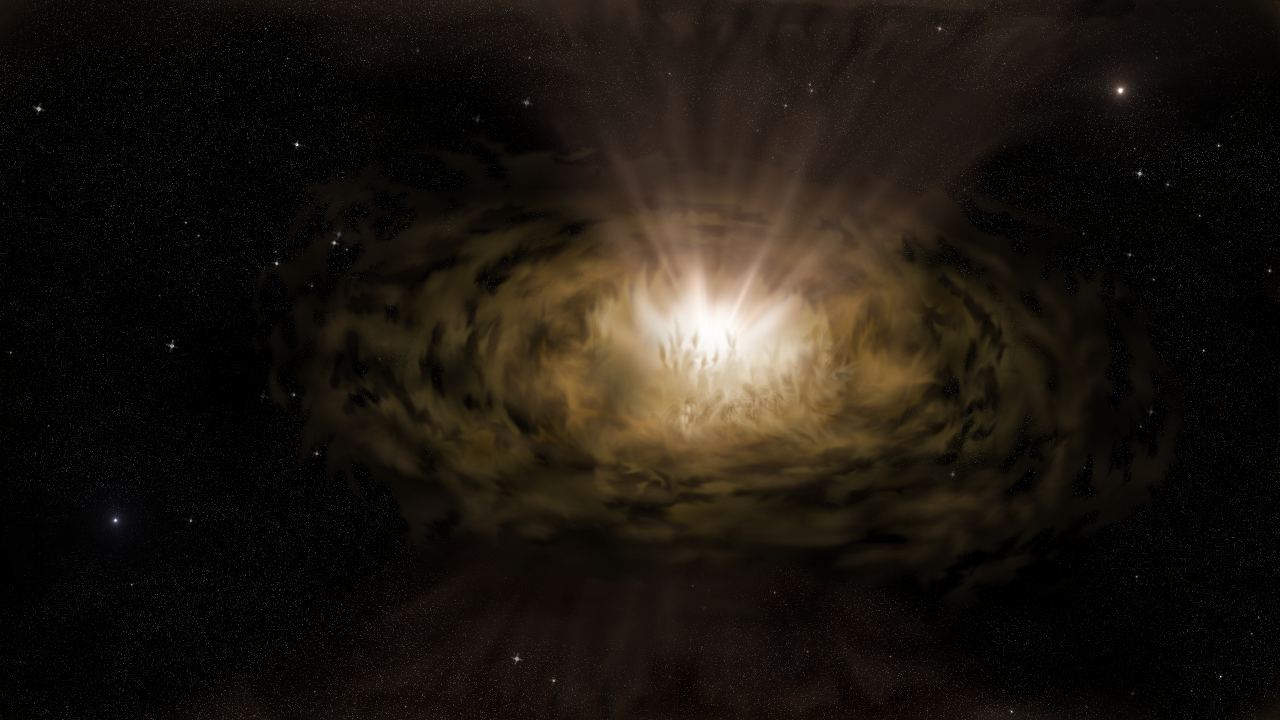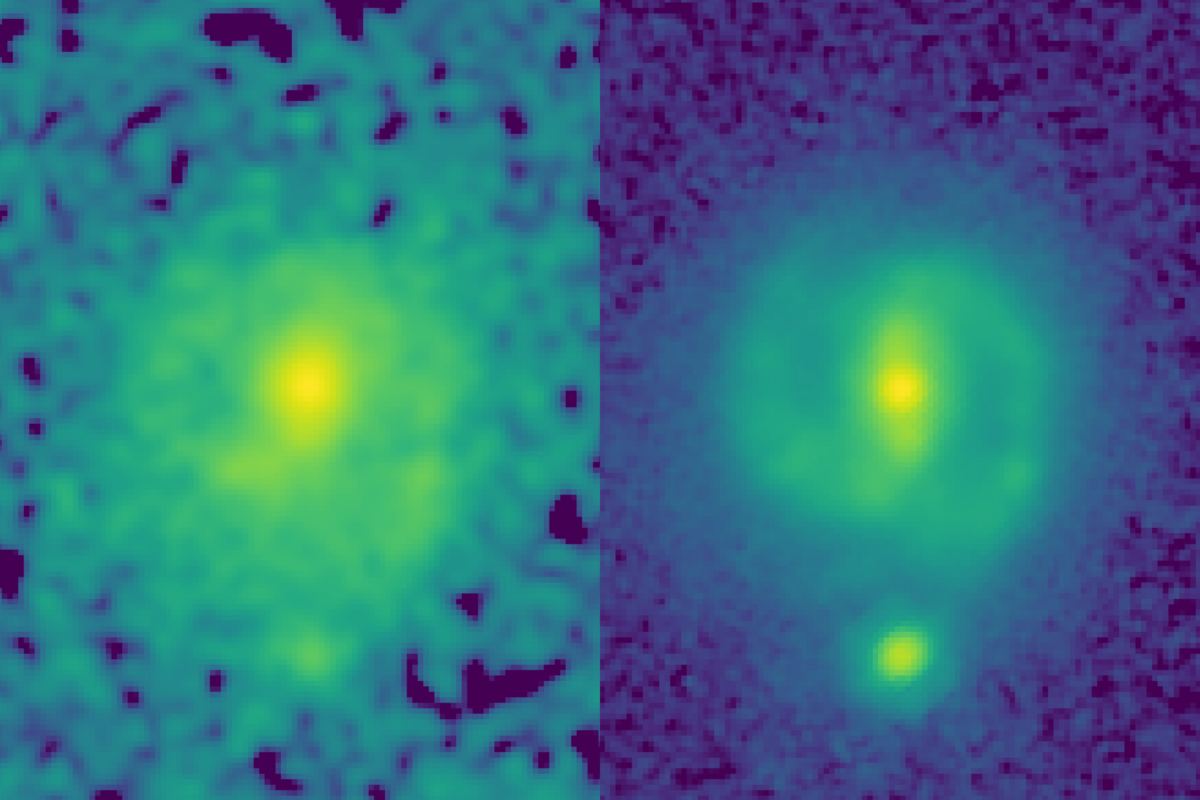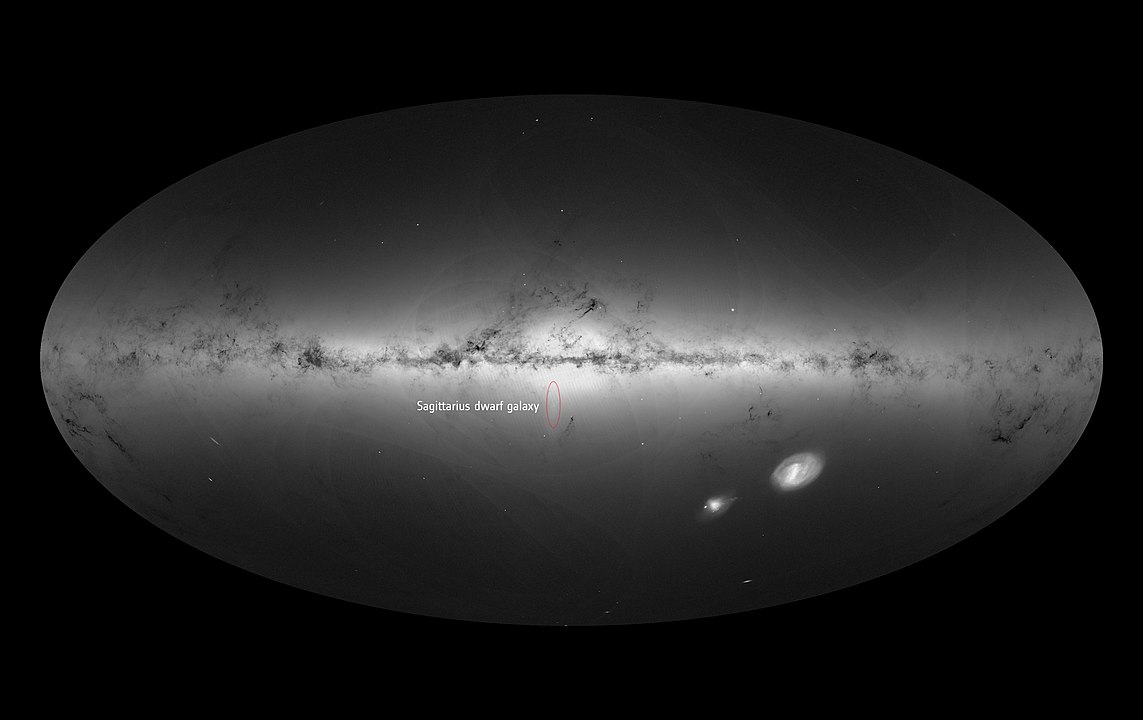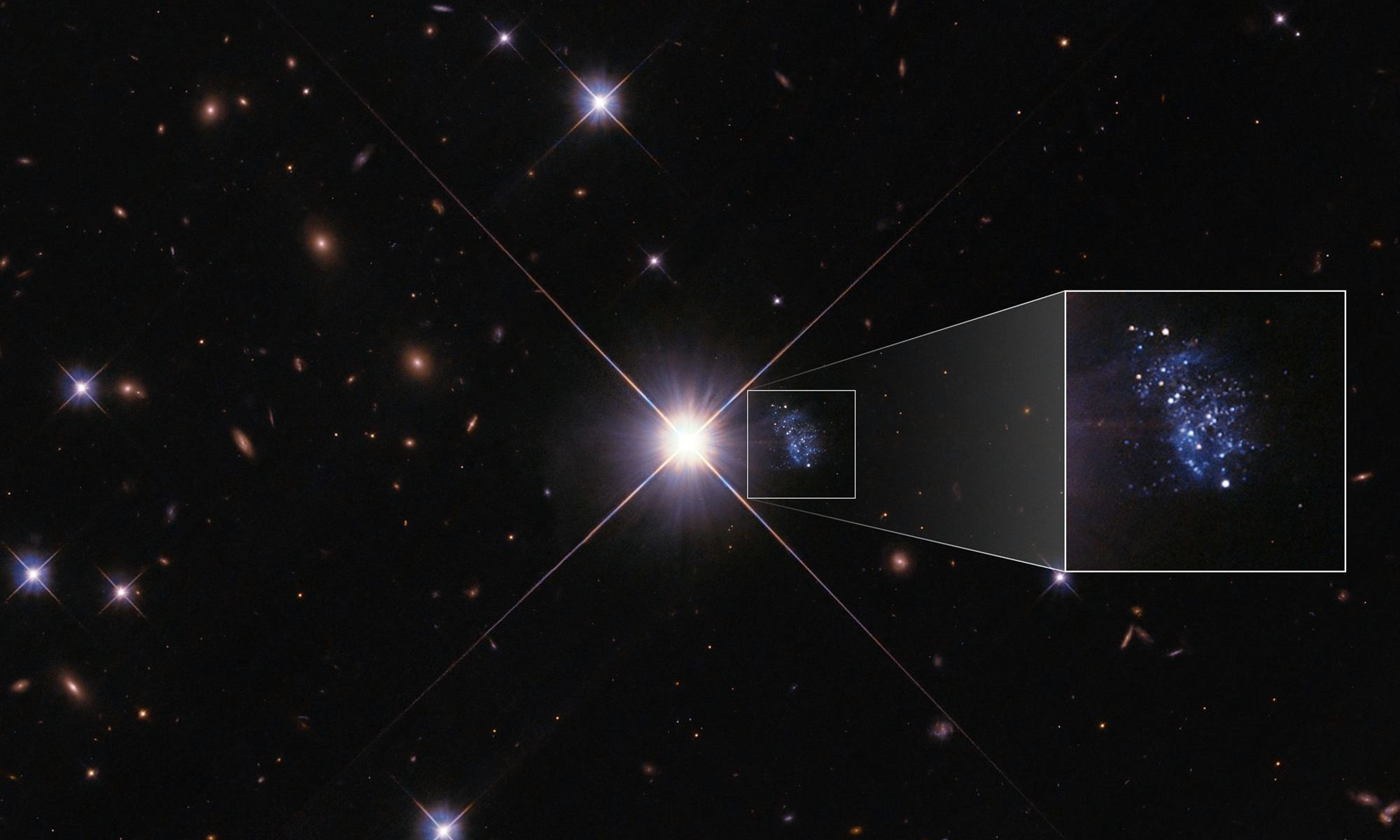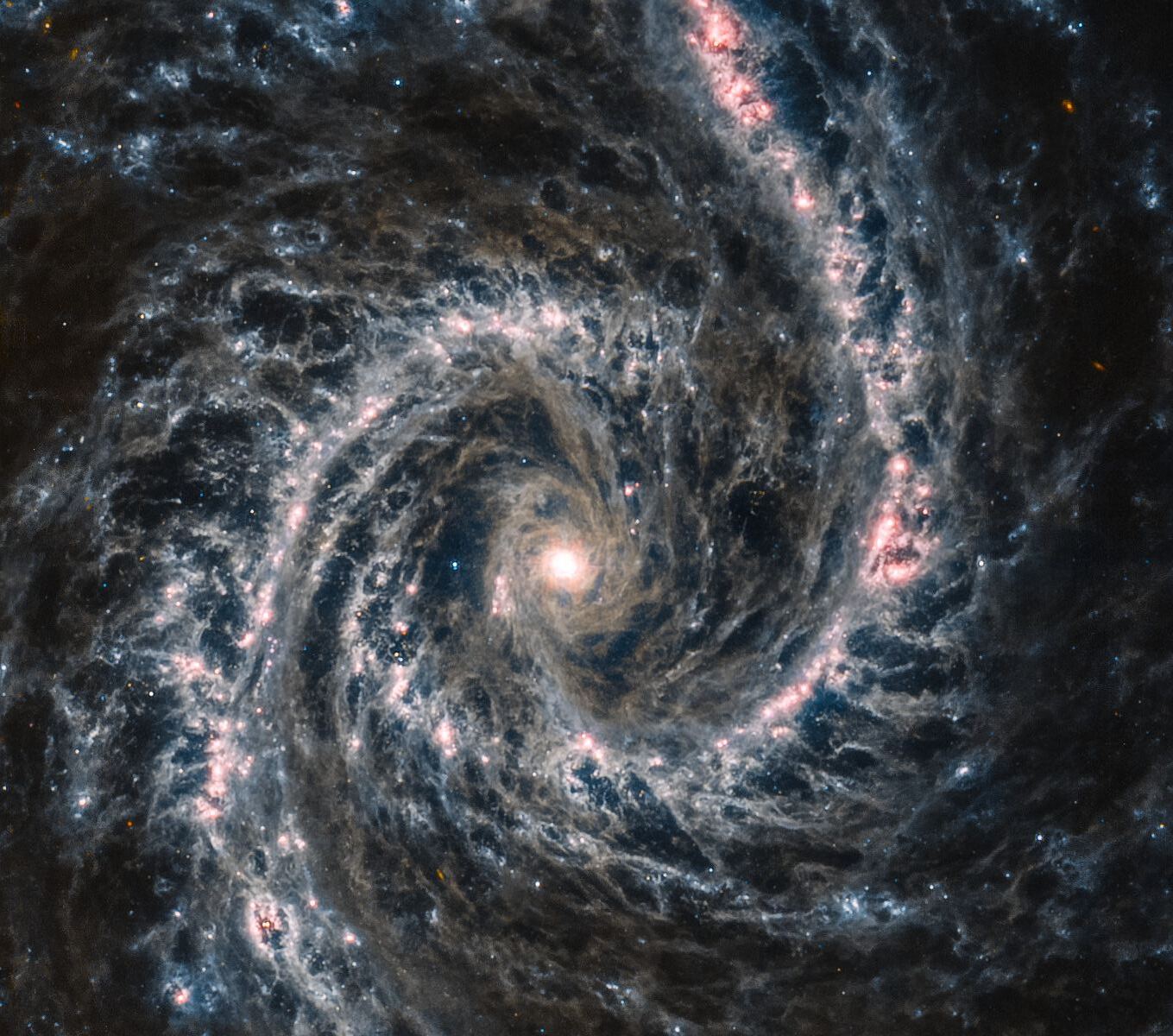In the first data taken last summer with the Near Infrared Camera (NIRCam) on the new James Webb Space Telescope, astronomers found six galaxies from a time when the Universe was only 3% of its current age, just 500-700 million years after the Big Bang. While its incredible JWST saw these galaxies from so long ago, the data also pose a mystery.
These galaxies should be mere infants, but instead they resemble galaxies of today, containing 100 times more stellar mass than astronomers were expecting to see so soon after the beginning of the Universe. If confirmed, this finding calls into question the current thinking of galaxy formation and challenges most models of cosmology.
Continue reading ““The Universe Breakers”: Six Galaxies That are Too Big, Too Early”
